How Do I Determine the Correct PSI for my RV Tires?
- There is only one correct pressure for your RV tires.
- You must be weighed at each tire position to determine the correct PSI.
- If you have not been weighed, fill your tires with the max cold tire pressure.
- Use a TPMS to monitor PSI and temperature while driving.
There is only one correct tire pressure for the load that you are carrying. So how do you determine what that correct pressure is? The only way to be sure is to have your RV weighed and not just have the entire RV weighed, but to weigh the RV at each tire position.
RVs are not that great at being perfectly balanced and therefore, believe it or not, you can have different weights from one side of an axle to the other. Think about how RV’s are built. We have an 800-pound slide on the passenger side with a residential refrigerator in that same slide. Then on the driver’s side we have a smaller 300-pound slide with no appliances. Generally speaking, RVs roll out of the manufacturing plant out of balance. RVers then start packing all of their stuff on one side or the other, and you can see how this can easily get out of hand. This is why you must get your RV weighed at each tire position to be accurate.
Do I have to weigh the RV at each tire position?
Here is an example of how NOT weighing at each tire position can lead to problems. Let’s say you have an axle that is rated for 6,000 pounds, and each tire on that axle can handle 3,000 pounds. When we weigh the unit across the axle it registers 5,900 pounds, so we are all good, correct? Well, maybe not. Now let’s say we weigh at each tire position, and one tire position weighs 4,000 pounds, and the other weighs 1,900 pounds. This is the same 5,900 pounds across the axle, but as you can see you have overloaded one tire. If you do not weigh at each tire position, then you will not see these types of problems, and they do exist. Remember, RVs are usually designed for functionality and can be very unbalanced in their designs which can cause one tire to hold far more weight that the other tire on the same axle.
I need to be weighed. Where can I get this done correctly?
Most RV rallies and RV shows will have someone in place to weigh RVs.The two top companies to do this properly are Escapees Smart Weigh and the RV Safety Education Foundation (RVSEF). These two companies attend a lot of RV rallies across the country. If you can’t catch them at a rally, then the Escapees Smart Weigh has a few permanent locations that you can get weighed at. Here is a link to their locations: Escapees Smart Weigh Locations
What about the CAT scales that I see at the Travel Centers?
Many travel centers will have scales that you can drive onto and get your weight. Often these will weigh you at each axle, but some will just give you an overall weight. If you cannot get to a weighing center to get weighed properly, then this is better than nothing, and could at least tell you how you are looking as it relates to over all gross weight. We are specifically talking about getting weighed so you will know the proper pressure for your tires, but there are also other things to consider like the gross vehicle weight rating, axle weight ratings, and combined gross weight rating. Again, using a CAT scale is better than nothing, but can still not give you an accurate picture based on the imbalance of your RV.
I’ve been weighed correctly. Now what?
Once you get weighed at each tire position, then you simply apply the weight to the tire manufacturer’s inflation chart, and it will tell you the exact pressure that the tire needs to be at for the load that it is carrying. These inflation charts can be found online by doing a simple Google search for the make and model of your particular tire. The image below is simply an example; click the link above to find your exact tire model.
One thing to keep in mind when determining the pressure you need in your RV tires is that you need to have the same pressure across an axle. When you get weighed at each tire position, it is common to have different weights on each of the 2 tires across an axle. When this occurs, you would choose the higher weight of the 2 tires on one axle and apply that to the inflation chart to find what both tires' pressure should be.
Also, when you get your RV weighed, be sure to weigh it as you drive it down the road. In other words, load the kids and dogs up, put some water in your fresh water tank and any other toys you bring on the road. You want to be as accurate as you can when you get weighed.
What is the correct tire pressure if you have not been weighed?
Well there technically is no way to know the correct tire pressure unless you have been weighed, but there is a solution until you get weighed. The important thing to note is that you should never just guess what your proper PSI should be or use the same PSI as your friend who has the same RV. Both of these can lead to being underinflated, and that is the #1 thing to avoid in tire pressure.

Underinflation is much worse on a tire than over inflation. Underinflation causes a tire to spread out some making it have a larger footprint. This causes the tire to heat up, and extreme heat is ultimately the death of a tire. A tire can generally start to break down at about 200 degrees, so if you are underinflated, and driving in a hot climate then you could be in danger of having a blowout. With this knowledge, it makes sense to assume that you are running at maximum capacity, and therefore the pressure you should put in your tires should be the max cold pressure the tire is designed to hold. The max pressure is displayed right on the side wall of your tire. Keep in mind, this pressure is considered the max cold tire pressure. This means the pressure in your tire before you start driving for the day, because as you start to drive, the tires will start to heat up and then the pressure will rise.
Another important point is that it is okay for the pressure to rise above the max tire pressure on the side wall, because again, that was the cold tire pressure. Let’s say your tire’s max pressure is 120 psi, and you put 120 psi in it. Now you start driving, and you check it an hour later, and the pressure is at 135. This is normal, and the tire manufacturers have accounted for the rise in pressure as you drive. How much pressure over the max cold tire pressure is too much? Well, assuming the tire is not damaged in any way, then the rim would likely fail before the tire would fail due to over pressure. In other words, there is nothing to be concerned about.
To be sure we are clear, if you have not been weighed, then run your tires at the max cold tire pressure as displayed on the tire side wall. You may very well be overinflating by doing this, but you would much rather be over inflated than guess and be under inflated. Of course, you need to schedule to get weighed as soon as you can.
To summarize, follow these steps:
- Get your RV weighed at each tire position
- Apply the weights to the tire manufacturers inflation chart
- Adjust tire pressure according to the manufacturers inflation chart
A nice piece of technology to have for your RV is a Tire Pressure Monitoring System. This allows you to monitor pressure and temperature of each tire position while you are driving down the road. If any tire position gets outside of a safe range, then the unit will alarm you.
For a LIMITED TIME, you can save 15% on TST Tire Pressure Monitoring Systems and everything you see below when you use the code DAD15 at checkout. Hurry, the sale ends June 14th.



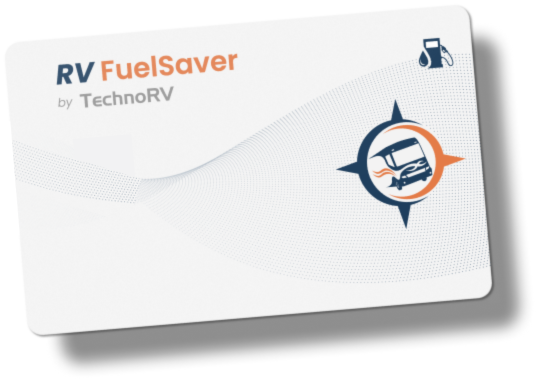
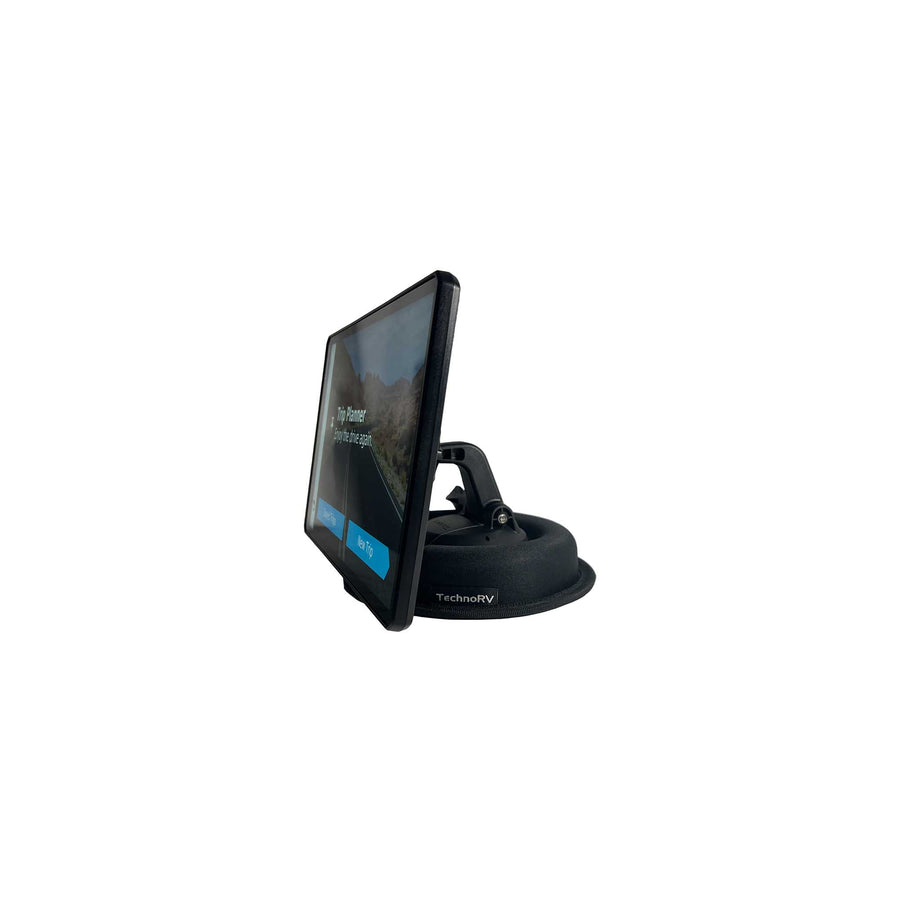
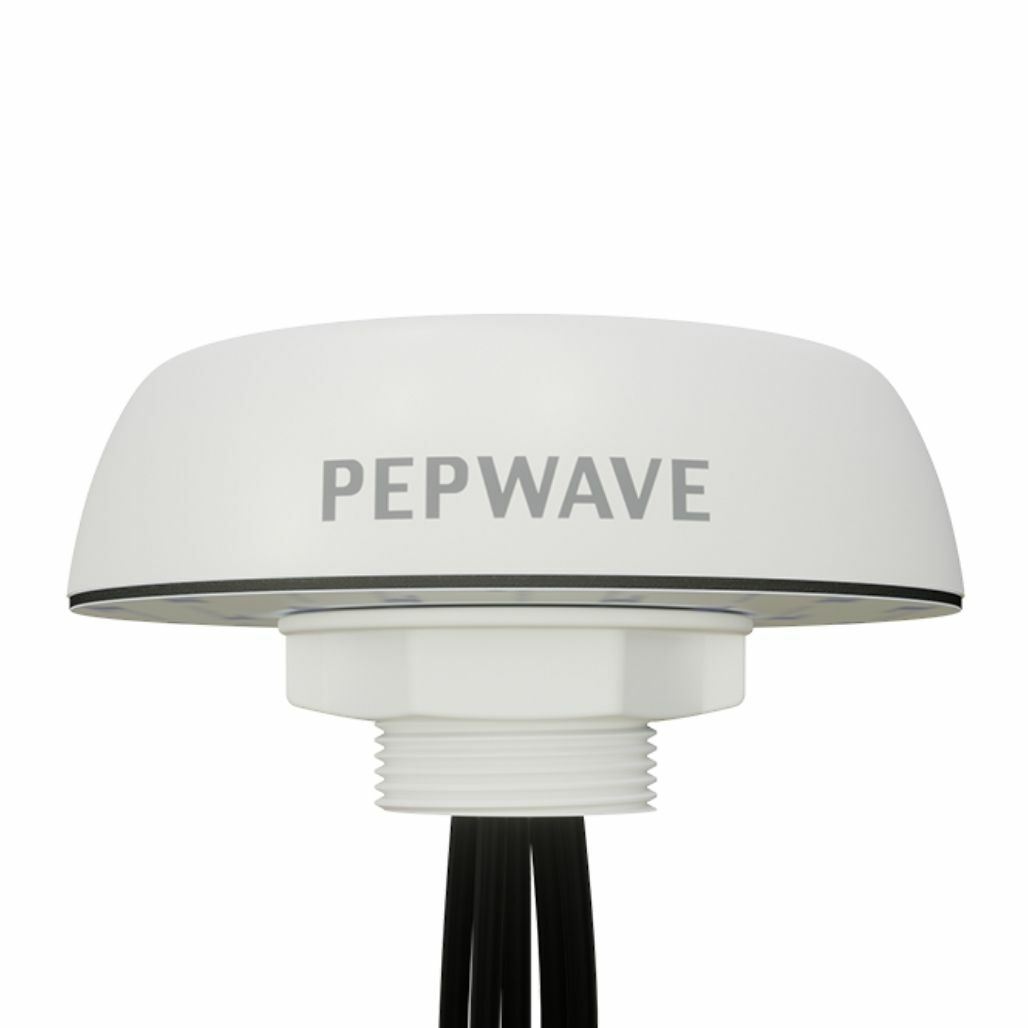

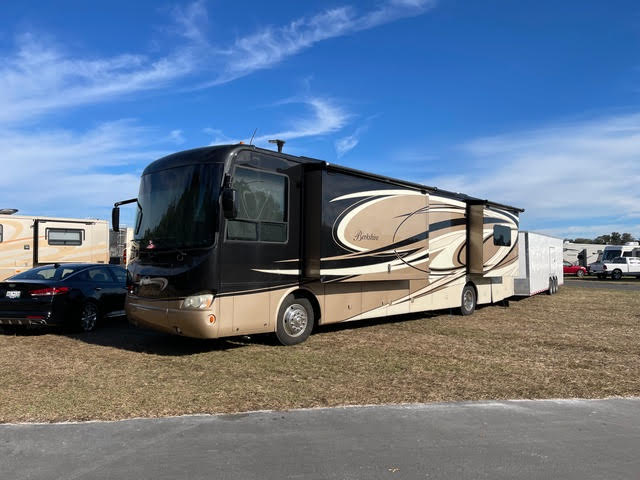
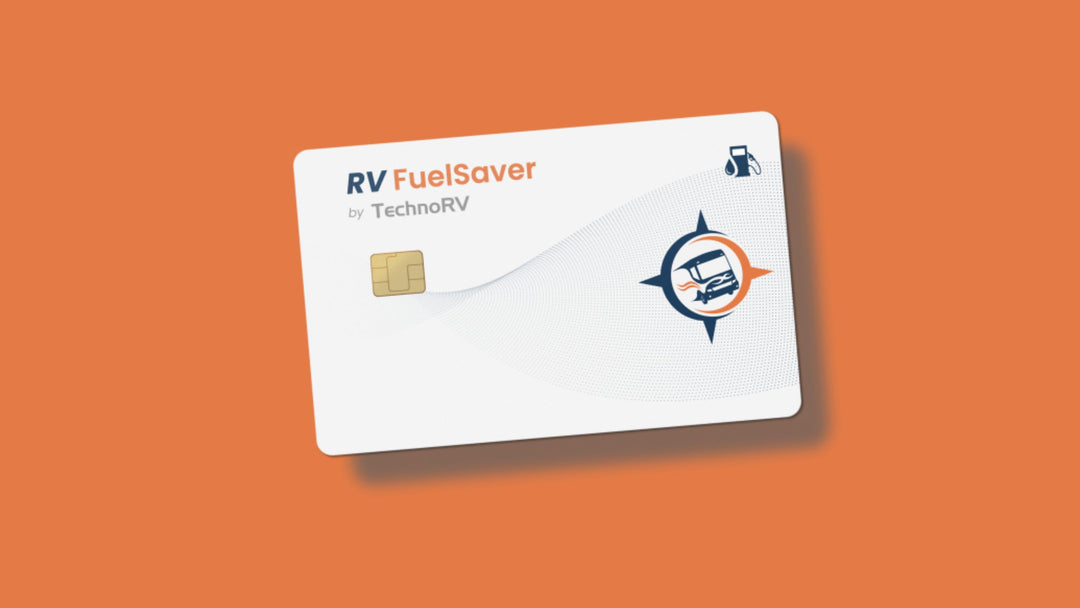
Leave a comment